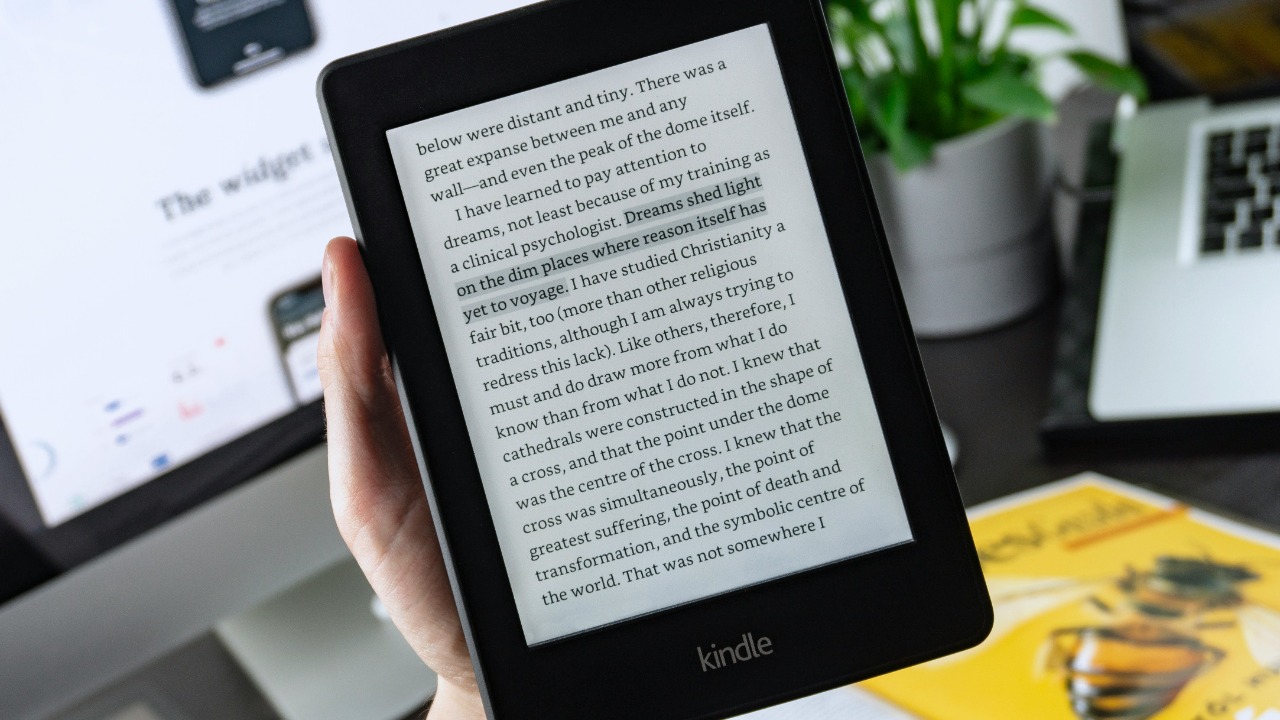
Amazon is taking a significant step towards globalizing literature by testing an AI tool that automatically translates books into various languages. This move is part of Amazon’s broader AI initiatives, such as the AI-powered ‘Interests’ feature, which finds new products matching users’ passions and hobbies. However, the use of AI in language processing isn’t without its concerns, as seen in the case of AI and Wikipedia contributing to the decline of vulnerable languages.
How Amazon’s AI Translation Tool Works
Amazon’s AI translation tool is designed to automatically translate books into different languages, thereby facilitating faster publishing on platforms like Kindle. The testing phase, which began on November 6, 2025, is primarily focused on ensuring the tool’s accuracy and its seamless integration with Amazon’s existing ecosystem. The tool’s functionality is not just about translating words, but also about understanding and conveying the essence of the content in a way that resonates with readers in different languages.
The potential benefits of this tool are manifold. For authors, it could mean reduced translation costs and quicker availability of their works in international markets. For readers, it could mean access to a wider range of literature without language barriers. The tool’s effectiveness in achieving these goals is currently being evaluated in the testing phase, as reported by Engadget.
Amazon’s Broader AI Initiatives in Publishing
Amazon’s AI translation tool is part of a larger trend of AI applications in the publishing industry. One such application is the AI-powered ‘Interests’ feature, which was launched on March 26, 2025. This feature automatically finds new products that match users’ passions and hobbies, thereby personalizing the shopping experience. The ‘Interests’ feature could potentially complement the translation tool by suggesting translated works based on user interests, thereby enhancing the discovery of multilingual content.
Amazon’s AI efforts are not just about improving the shopping experience, but also about making literature more accessible and enjoyable for readers worldwide. The synergy between the translation tool and other AI initiatives could potentially revolutionize the way we discover and consume literature. More details about the ‘Interests’ feature can be found on Amazon’s official news page.
Technical Challenges in AI Book Translation
While AI translation tools hold great promise, they also face significant challenges. One of the main challenges is handling nuanced literary elements like idioms or cultural references, which generic AI might overlook. Ensuring the quality of translations is another challenge. Amazon is addressing these challenges through an iterative testing process, with a focus on continuous improvements.
Amazon’s AI translation tool aims to go beyond existing AI translation technologies by seamlessly integrating into self-publishing workflows. This integration could potentially streamline the publishing process and make it more efficient. However, achieving this goal requires overcoming the technical challenges associated with AI translation.
Impact on Global Publishing Accessibility
Automatic translation could democratize access to books for non-English speakers, potentially increasing Kindle’s market reach. By making literature available in multiple languages more efficiently, Amazon’s AI translation tool could potentially transform the global publishing landscape. This tool could also provide opportunities for independent authors to reach international audiences without traditional translation barriers.
However, the impact of automatic translation on global publishing accessibility is not just about increasing market reach or efficiency. It’s also about fostering cultural exchange and understanding through literature. By making literature from different cultures accessible to a global audience, automatic translation could potentially contribute to a more inclusive and diverse literary world.
Risks to Linguistic Diversity from AI Tools
While AI tools can make literature more accessible, they can also pose risks to linguistic diversity. As reported by Technology Review, AI and Wikipedia have contributed to the decline of vulnerable languages by prioritizing dominant languages. There’s a risk that Amazon’s AI translation tool could reinforce English-centric content over minority languages, thereby exacerbating this problem.
There are also ethical implications to consider. Automated translation processes could potentially undermine cultural preservation efforts by homogenizing literary works. Balancing the benefits of increased accessibility with the need to preserve linguistic and cultural diversity is a complex challenge that needs to be addressed as AI continues to transform the publishing industry.
Future Prospects and Industry Reactions
Looking ahead, Amazon plans to expand the AI translation tool beyond the testing phase. The expansion will likely include support for more language pairs, thereby increasing the tool’s utility. However, the reactions from publishers and linguists to this development have been mixed. While some see it as a positive step towards globalizing literature, others express concerns about the potential impact on linguistic diversity.
As AI continues to transform the publishing industry, there’s a need for regulatory or quality standards to balance innovation with accuracy. These standards could potentially address some of the concerns associated with AI-driven publishing, such as the risk to linguistic diversity. However, developing and implementing these standards is a complex task that requires careful consideration of various factors, including technological capabilities, cultural sensitivities, and market dynamics.
More from MorningOverview